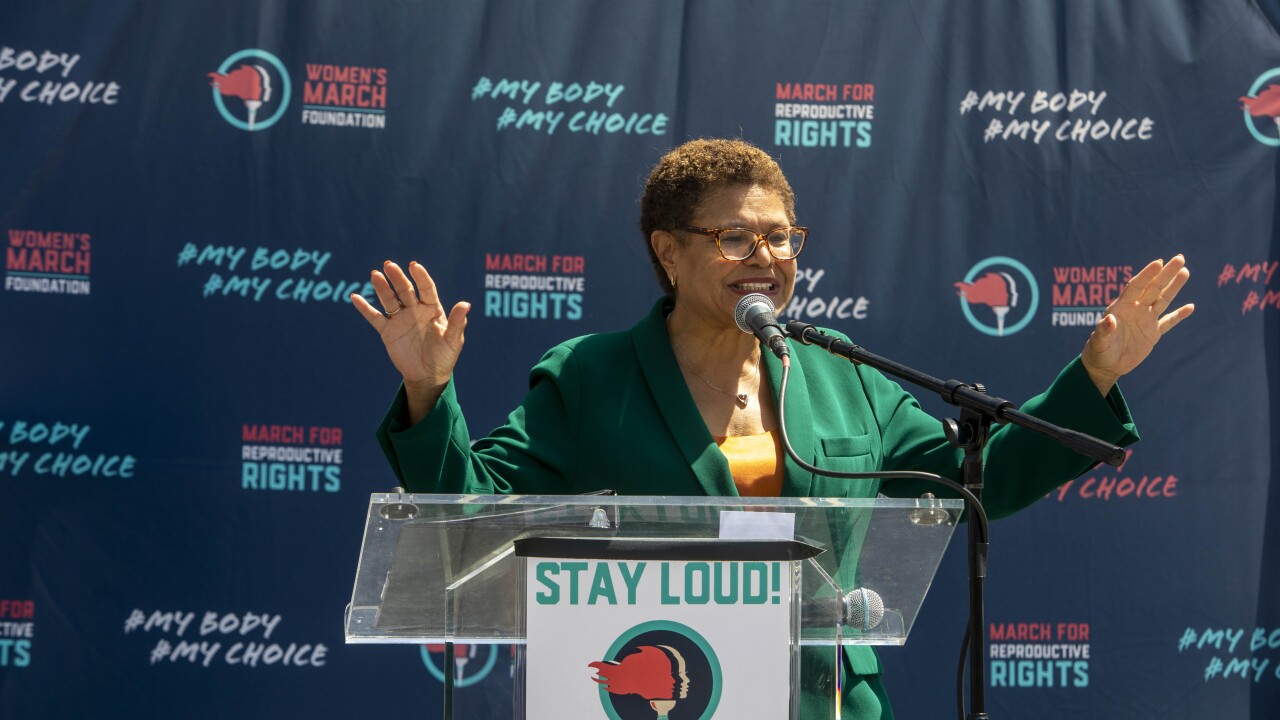
CHICAGO -- The Gary/Chicago International Airport Authority is on a fast-track to privatize the airport and surrounding land in a deal backers say will help revitalize the struggling city of Gary, Ind. and position the facility as Chicago’s third regional airport.
Officials said they received eight responses to an initial request for interest and qualifications sent out early this month. The airport hopes to attract a private partner willing to invest at least $100 million into the project.
The committee overseeing the effort, which was formed in March, plans to use the responses to craft a request for proposals by the end of July, with responses to the RFP due at the end of August. The committee hopes to make a recommendation to the full airport board by Sept. 9.
Unlike other airport public-private partnerships, the Gary proposal features a large swath of vacant land that officials hope private investors will develop to help boost business at the airport and the city.
“There have been efforts over the years to improve business at the airport, but I don’t think there’s ever been an effort like this,” said Carrie Hightman, a member of the P3 committee. “This is very comprehensive. We’re talking about not just aviation, we’re looking at the whole gamut of real estate investment and development.”
The airport is located about 25 miles from downtown Chicago on an Interstate highway, with vacant land running all the way to Lake Michigan.
Just over 7% of the airport’s total operations in 2012 came from commercial passenger or freight traffic. About 10% was military, and the balance was “general aviation,” including corporate flights, news helicopters, law enforcement, and private flyers.
Gary, known as the Steel City and once a hub for the domestic steel industry, now faces a myriad of financial and economic problems as businesses and citizens have fled. It’s considered one of the most distressed cities in Indiana.
“This is the type of stimulus that can really change everything for Gary,” Hightman said. “It’s about the airport, it’s about Gary, and it’s about northwest Indiana region more broadly.”
The committee’s advisory team includes A.C. Advisory Inc., JClark Consulting Group LLC, and Faegre Baker Daniels LLP.
In addition to a $100 million investment, the committee is looking for investors to outline a five-year management plan and a five- to 10-year investment plan in the surrounding area, anchored by significant private investment.
Respondents to the initial RFQ are: Guggenheim Securities; Chicago-based Metropolitan Planning Council, a non-profit group focused on regional economic development; Vancouver, B.C.-based airport and commercial development consultant firm MXD Development Strategists; AFCO/AvPorts, which would partner with Guggenheim to operate the airport; the Arsh Group Inc., an Indiana-based planning and design firm; Washington DC-based Financial Network Center LLC; the GCIA Group LLC; and Chicago-based environmental engineering firm Greeley and Hansen.
“We’re really happy,” Hightman said. “Basically this just validated our objective, because all of these respondents clearly see the upside investment opportunities, not just at the airport but also the surrounding adjacent properties.”
Proposals range from creating an “airport city” to building new infrastructure, a green research center and moving the airport toward an industrial business model. What little commercial passenger service the airport offers is set to end in early August after Allegiant Air, the airport’s only passenger airline, announced it would halt its twice-weekly flights to Sanford, Fla.
Guggenheim’s proposal would create a new municipal authority to lease the airport from the city. The new authority would float tax-exempt airport revenue bonds to finance an upfront cash payment as well as deferred maintenance, fund a capital reserve account for new facilities, a debt service reserve fund and annual payments to the airport authority over time.
MXD noted in its proposal that most revenues from privatized airports come from “non-aeuronatical revenues,” including terminal retail concessions, parking, advertising, and “increasingly from strategic land development.”
The Chicago-based environmental engineering firm proposed a green research and training center to train local residents.
The airport is in the midst of a $166 million runway expansion program that is expected to be completed this year. The authority plans to come to market with up to $60 million of tax-exempt bonds to finance part of the project.





